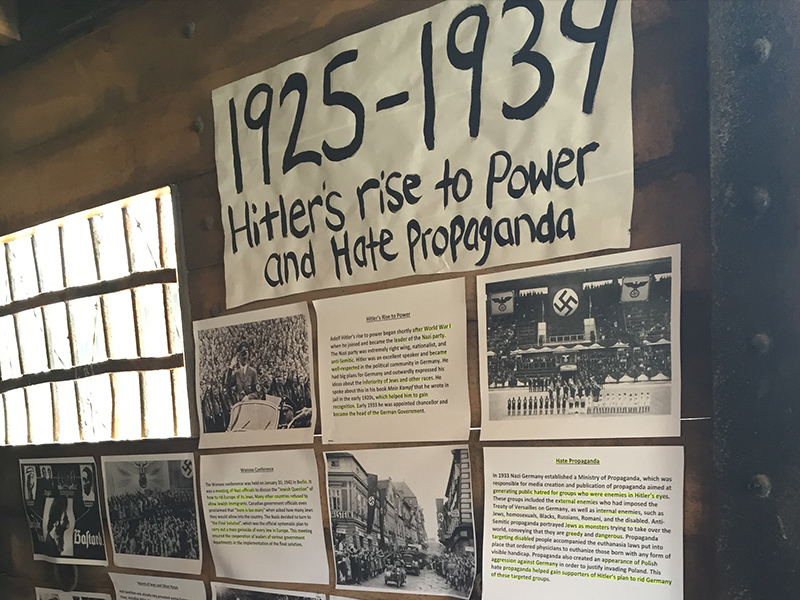It wasn’t Holocaust Education Week in Montana. But in the midst of the extensive remembrance programing on-going in Toronto, I flew westward. I joined half a dozen other professors of Holocaust studies to begin a conversation with colleagues whose work centred on aboriginal studies, African-American studies, gender studies, and other forms of historical or contemporary oppression.
At a symposium exploring the dimensions of historical trauma, scholars and researchers on the Shoah shared perspectives with professors, psychologists, and others who have knowledge and experience with other peoples who have experienced (and continue to experience) oppression and victimization. Part of a series of partnered events initiated by the U.S. Holocaust Memorial Museum in collaboration with ethnic studies programs at North American universities, the symposium brought together people who may not be in frequent conversation with one another and demonstrates what they – that is, we – have in common and what we might learn from one another.
Audience members were definitely not the “usual suspects” – folks we encounter again and again at Holocaust education programs. Although roughly half the presentations addressed Holocaust memory and survivors’ experiences, only a small percentage of the audience was Jewish. This was simply a reflection of the demographics of the region. People from the local shul came, and one Jewish couple drove 12 hours from their home in North Dakota to attend. But many in the audience had little previous knowledge of the Holocaust. They were drawn to the symposium because of other interests, out of cultural curiosity or – as one student put it – because an education should push you outside your comfort zone, transform you, push you to think about things that matter deeply.
One important function of Holocaust remembrance is to create a space and time for the people targeted by the Nazis to look inward – to mourn losses and to celebrate survival. An equally important function, however, is to reach across ethnic, cultural and religious divides to engage in conversation with others. As the distinguished Israeli historian Yehuda Bauer has noted, the Holocaust is a “starting point” for thinking broadly about genocide and the impetus for taking action to resist genocide.
Instead of pitting communities against one another in a contest of comparative suffering, the conversation in Montana acknowledged the differences in historical experience by giving each history its due and looking at the details that distinguish one set of experiences from another. But it also emphasized that one can use one’s own collective memory to create bridges of empathy with others and to foster understanding rather than suspicion.
Because of the geography and history of the region, a significant number of participants were native Americans whose professional work centred on the challenges facing aboriginal people; the abysmal legacy of policies, practices and attitudes that tore apart communities and families; and suppressed communal practices. While the circumstances of indigenous peoples in the United States and Canada in some ways differ, they share much. The material, psychological and cultural impact of the historical policies of both countries’ governments continue to shape people’s lives and the communities they inhabit.
When I was a child, my father taught math and history in inner-city schools in New York. He chose to work in these schools rather than in more affluent neighbourhoods because he believed students there needed teachers who cared about them. I remember him working on weekends to compose musical plays that he would have his students perform, to persuade them of the importance of math or to engage them with history. He would write extended lyrics set to popular Broadway tunes. If he were alive today, he would probably rap. He was drawn to these students because, like them, he had been the target of prejudice. What I learned by watching him, and what I saw in Montana, is that we’re most ourselves when we reach across communities and claim our common ground.
